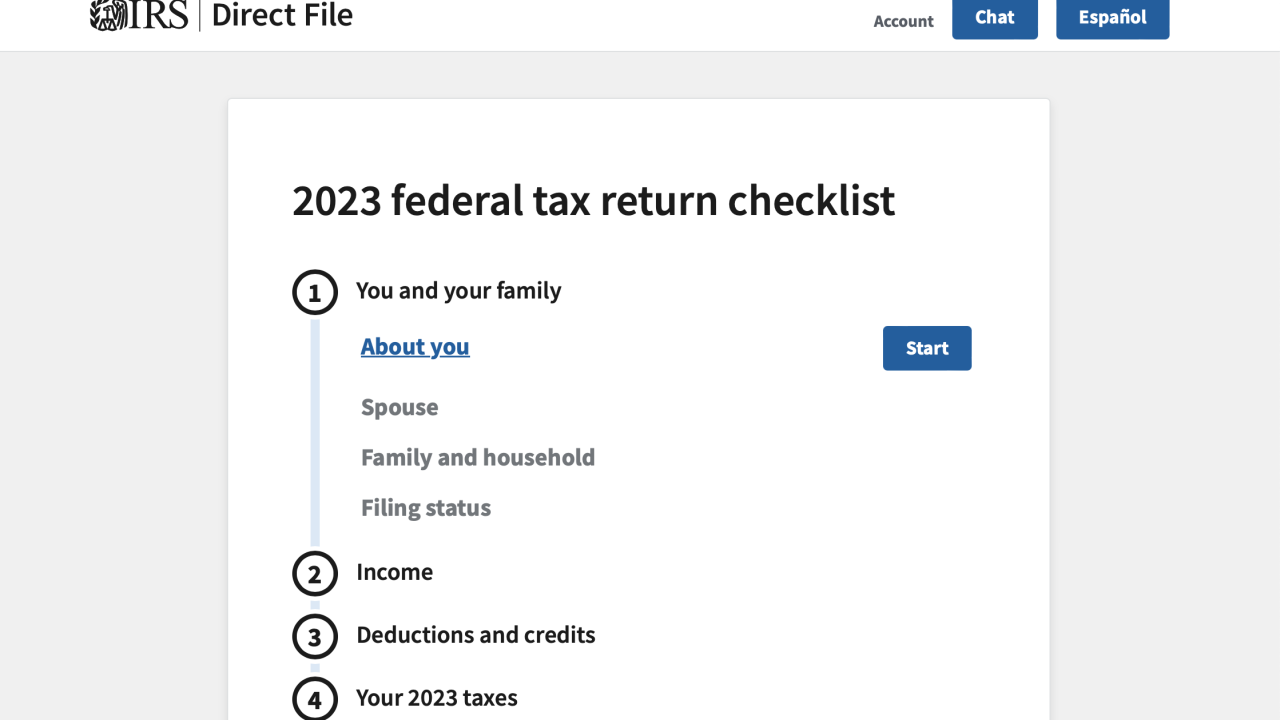The Employer-Provided Child Care Credit can save employers with eligible expenses more money in taxes than using a deduction alone, and it also helps employees by letting them exclude some child care benefits from their taxable wages, according to a new report.
The
However, the report acknowledges that several factors may limit the usefulness of the tax credit. For example, some employers are unaware of the credit, and the credit may be too small to offer enough of an incentive to provide child care. In addition, child care services may not be accessible to all employees, such as shift workers, and child care may still be unaffordable to some employees, even when they’re subsidized by their employer.

The cost of child care has been rising during the pandemic, and parents who are feeling pressure to return to the office as the pandemic subsides are still facing substantial costs and few available child care slots. Employer-provided child care could be one way for businesses to entice employees to either join their company and remain with the organization.
“Child care is essential for allowing many adults to engage in the workforce but concerns about family access to child care have increased after many child care centers and family child care programs closed during the COVID-19 pandemic,” said the report. “Established in 2001, the Employer-Provided Child Care Credit can provide a tax incentive for employers to provide child care benefits.”
In 2016, the most complete year available for the GAO to study, the IRS estimated that 169 to 278 corporate income tax returns claimed an aggregate of an estimated $15.7 to $18.8 million in Employer-Provided Child Care credits. In 2018, the most recent year available to the GAO, the IRS estimated corporate returns reported $144.7 to $154.8 million in qualified child care facility expenses, and fewer child care resource and referral expenses. In 2013, the last year available, manufacturing, finance and insurance, and information industries accounted for about half of the aggregate amounts of the credit claimed.
There are a few caveats to keep in mind when claiming the tax credit. “To avoid duplication, the total amount deductible must be reduced by amounts claimed for the credit,” said the report. “For employees, certain child care benefits can be excluded from their wages, up to $5,000. If an employee's expenses exceed the exclusion limit, they may be eligible to claim the Child and Dependent Care Credit, but not for the same expenses.”
Some of the groups that review related issues for employers, workers, families and child care told the GAO that some other factors also limit employers’ use of the tax credit. Several of them pointed out that building and operating an on-site child care facility adds up to substantial costs, plus planning and administering on-site child care can be complicated.
Employers have a $150,000 limit on claiming the credit for any taxable year. The tax credit would be equal to the sum of 25% of qualified child care expenditures, and 10% of qualified child care resource and referral service expenditures.
For employers who are either unaware of the existence of the tax credit, or for whom it may be too small in relation to the costs, the outside groups suggested the IRS increase its outreach and education and redesign the credit. Some groups suggested increasing the portion of expenses that can be offset and the maximum allowable credit. However, some groups acknowledged that changes to the credit may not increase the use of it, and employee interest in on-site child care may decline if remote work becomes more common. In addition, tax credit changes could lead to greater costs to the federal government. On the positive side, some of the groups interviewed by the GAO described a number of benefits of employer-provided child care services that are eligible for the credit, such as increased productivity and engagement by employees.





